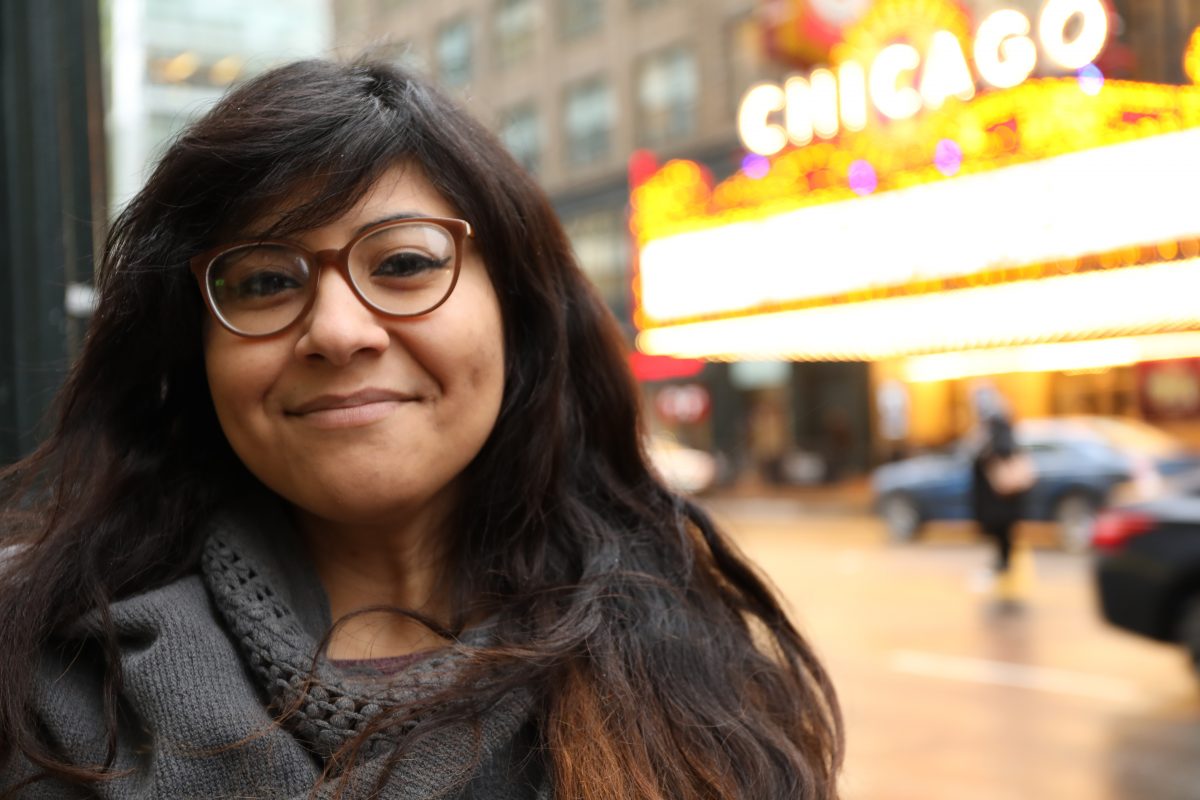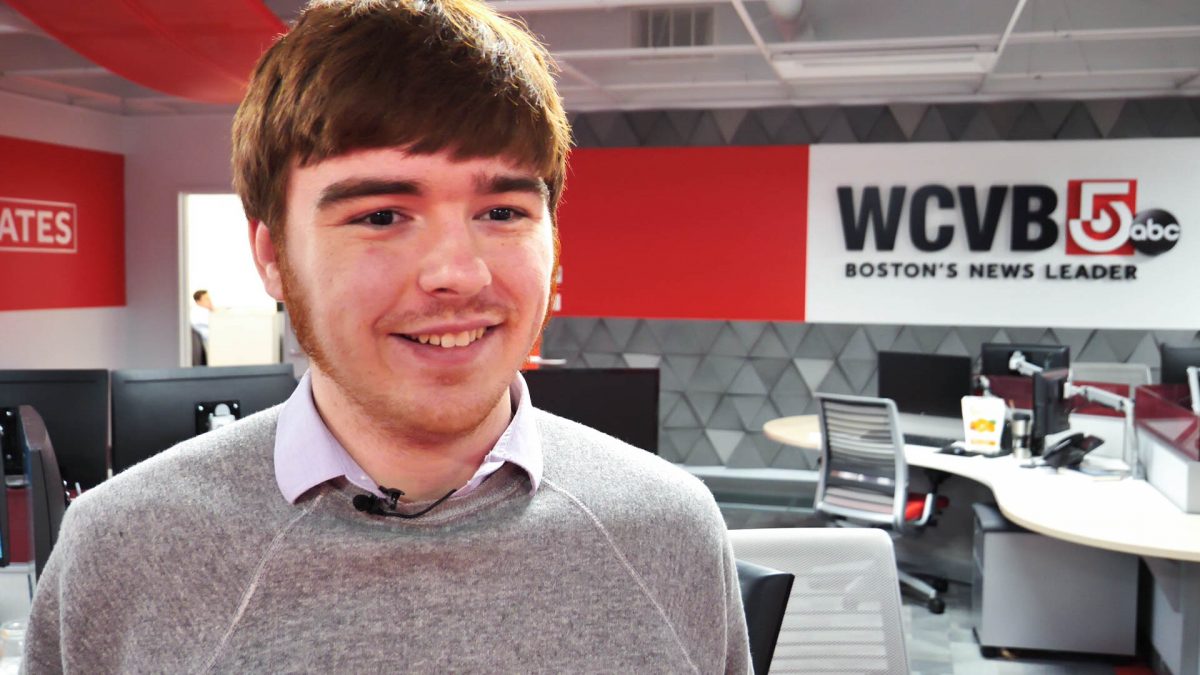Introducing the Experimental Storytellers
Hello again from Northeastern University’s Reinventing Local TV News Project. It’s been a busy year since we released our research report, which identified new ways television newsrooms can work to grow their audience both on-air and online. The next phase of our research is now underway.
With the continued support of the Stanton Foundation, we’ve created a brand-new position, a Visual Content Producer, and embedded two of them in TV newsrooms at WLS-TV in Chicago and WCVB-TV in Boston for one year. They’re experimental storytellers specializing in animation, graphics, and data visualization and they’re partnering with newsroom producers, reporters, and photographers to apply innovative storytelling techniques in real-time. We are excited to introduce you to Adriana Aguilar and Bob Curran.

Adriana Aguilar
Visual Content Producer, WLS-TV/Chicago
Education: BFA in Emerging Media – Character Animation, University of Central Florida
Hometown: Orlando, Florida

Bob Curran
Visual Content Producer, WCVB-TV/Boston
Education: BFA in Animation, Mass College of Art and Design
Hometown: Dedham, Mass.
VIDEO: A day in the life of a Visual Content Producer
Q&A with Adriana Aguilar, Visual Content Producer, WLS-TV/Chicago
What made you want to pursue animation as a career?
My childhood was not an easy one. I emigrated from Central America with my mom and siblings as she attempted to escape domestic violence and poverty. We left the rest of my family and couldn’t attend my grandparents’ funerals due to distance and finances. My mom didn’t integrate well as we lived in Miami. She couldn’t learn English fluently, which prevented her from getting a decent job.
Money and housing stability were always issues. Recreational activities were luxuries as we were often on the verge of homelessness. So, my mom would bring my brother and I to the public library when we were young because there was internet and books and it was free. We would check out a ton of animated DVDs and graphic novels and despite everything else, we managed to have some really nice moments because of it.
How did your animation degree prepare you for this new position at WLS-TV?
My professors were former Disney employees and showed us everything they learned while they worked there. While the principles have remained largely the same (Timing, Art, Design, Color Theory, etc.), the software I primarily use at the TV station is different. Ultimately though, a lot of the functions tend to serve the same purposes as software I’ve used. And I get my own edit bay! I am more independent now, which has its pros and cons. A distinct difference I’d say is that it’s a little more difficult to do thorough revisions on daily deadlines, though I’m always seeking to learn and improve.
How are you liking working in a newsroom now?
I love the newsroom. I didn’t realize there was a place for animators in it, but I think it’s perfect for me. It involves taking the work I love doing and the issues I care about and marrying them. I never thought I could be this fulfilled, but I am. That’s not to say there aren’t challenges. Sometimes it’s difficult not taking the work home as some of the stories hit too close to home. But ultimately the work here can be incredibly impactful and I’m hoping it paves the way for a better tomorrow.
What has your favorite project been?
It’s hard to say. A lot of the projects have been fun to do. But I think my favorite projects definitely tend to be the ones where I work on a story about an issue that’s important to me, like affordable housing, social equity, and mental health.
How do you think animation has helped the stories you’ve worked on?
I think it’s taking some trial and error, and one of my goals is to work with the reporters more closely on the scripts so that they’re more “animatable.” I do think a lot of the stories I’ve worked on benefit from animation because it can help viewers better understand complex topics and data, as well as guide the eye and keep up engagement.
Do you think there’s a need for animation in local TV news?
I absolutely think there is a place for it. One animator at a local station is a great start, but the process looks a bit different in places where animation has seen a lot of success. So far though, I think we are all slowly adapting, which is definitely good. I’m looking forward to seeing what we can do in the coming months.
* * *
Our research team at Northeastern will be working to measure the success of the experimental storytelling created by Adriana and Bob, our new Visual Content Producers. Our ultimate goal is to provide local TV newsrooms and other video news producers a roadmap for strengthening audience engagement. Want to learn more or get involved? Email us: m.beaudet@northeastern.edu or j.wihbey@northeastern.edu.





